Engaging Students During Remote Learning
It’s now the end of April, and for weeks we have been discussing how to engage our students during the time of remote learning. For the last four plus weeks, I, like most of you, have been at home consuming news and feeling a daily mix of confusion and angst about the world in front of us. Once upon a time I was a history and government teacher, as a consequence I’ve also been thinking about the fact that 30 years from now, my grandchildren will want to interview me as a primary source for a future Social Studies project on the Great Pandemic of 2020.
Providing Clarity, Choice and Engagement for Students
Our charge for the foreseeable future is to help our students feel something normal – to learn and grow and feel supported. To keep things simple for students over the coming weeks or months, I think it would be best for our lessons to focus on three things: Clarity, Choice, and Engagement.
Providing Lesson Clarity from a Physical Distance
Lessons created need to have relatively simple learning objectives. Although critical thinking remains important, this is not the time for multi-layered assignments that require the interplay of several objectives and different roles for students. For now, the virtual tours of museums, and colleges are a great place to start. Webquest that can be completed from a tablet or phone. Assignments should be simple yet engage students in our skill based competencies.
Re- Engagement Resources
Ms. Venson has provided us with a variety of resources. PBS, Edtopia and variety of other sources have provided teachers with good resources as well.
- PreK-12 Resources for Emergency Closings
- “Free Speech vs Hate Speech on College Campuses”
- “What was Freedom Summer?”
- Critical Media Project Topic Overview: Race And Ethnicity
https://criticalmediaproject.org/category/race/
5. Lesson Plan: Race and Ethnicity
https://criticalmediaproject.org/wp-content/uploads/2019/07/Race-and-Ethnicity_LessonPlan.pdf
Giving Options to Encourage Interest and Curiosity
Without face-to-face instruction, we also need to make sure our students have options. Choice is always a good practice in the classroom. It promotes student autonomy, makes them the agents of their own learning, and allows for them to demonstrate learning in a way that makes them feel comfortable. For the next few weeks, most of the assignments and activities created should provide choices. I know that we have students who are bored – they are aching for normalcy and are excited to have something productive to do. I also know we have students who are caring for younger siblings, have family members or work themselves as our beloved Essential Worker. Our task is to create assignments that are flexible enough to meet all of these demands – simple but meaningful for the student who has 60 minutes, give or take, in their week but with enough options for the student who needs a break from reality or an escape from boredom.
Ultimately Engagement in the Material Matters Most
Finally, as we create assignments for students to learn outside the classroom, we have to find materials that engage them. In a classroom, this is much easier. We can muster my own excitement, use stories, collaboration, or movement. Most of all, I can read the room and adjust on the fly to make sure students stay engaged. Most of that goes out the window in a digital classroom. Collaboration is possible, but given the present circumstances of our students’ community, I’m not sure how much “working together” on projects is reasonable. So, we are left with relying on materials that I know are interesting, fun, and thought provoking.
(https://www.pbs.org/education/blog?c=current, https://docs.google.com/document/d/1RXK74M_N-o5rweL5KRjLOf4BlxOp98gUl9fNBVYcGuI/edit#).
